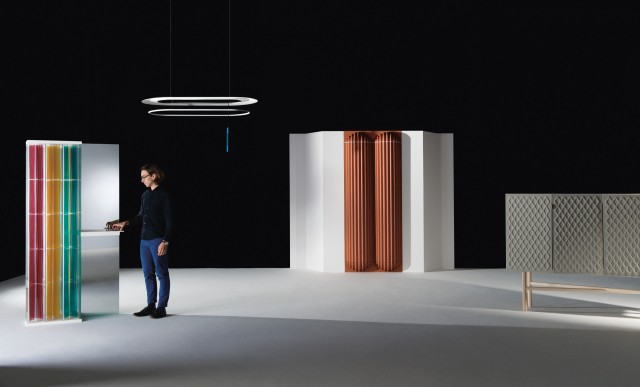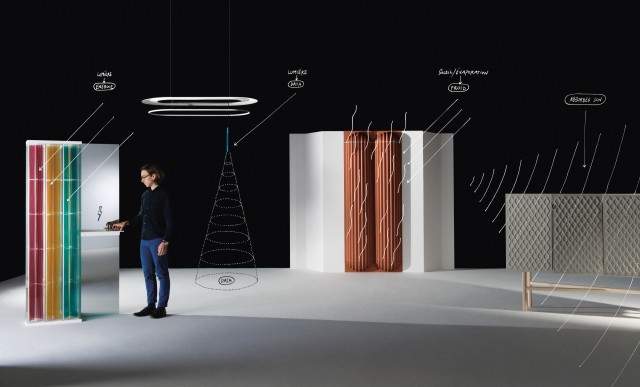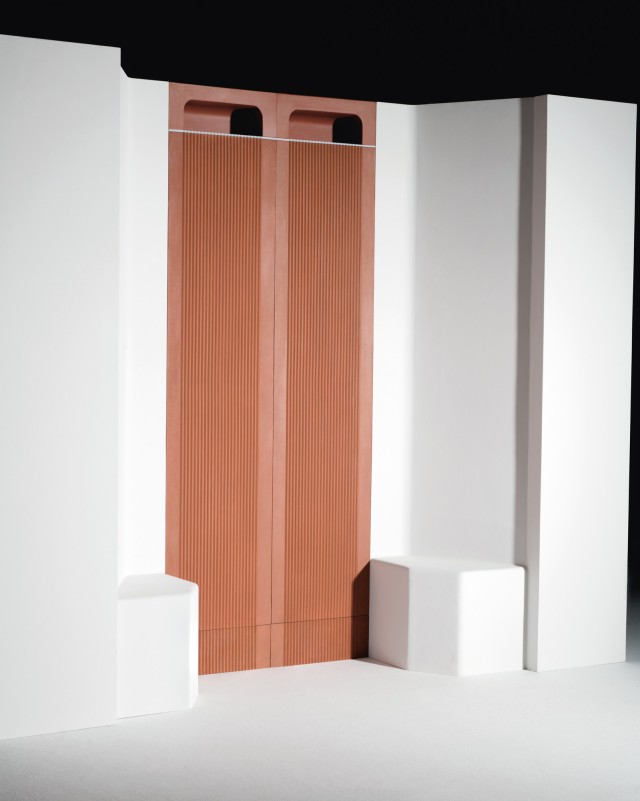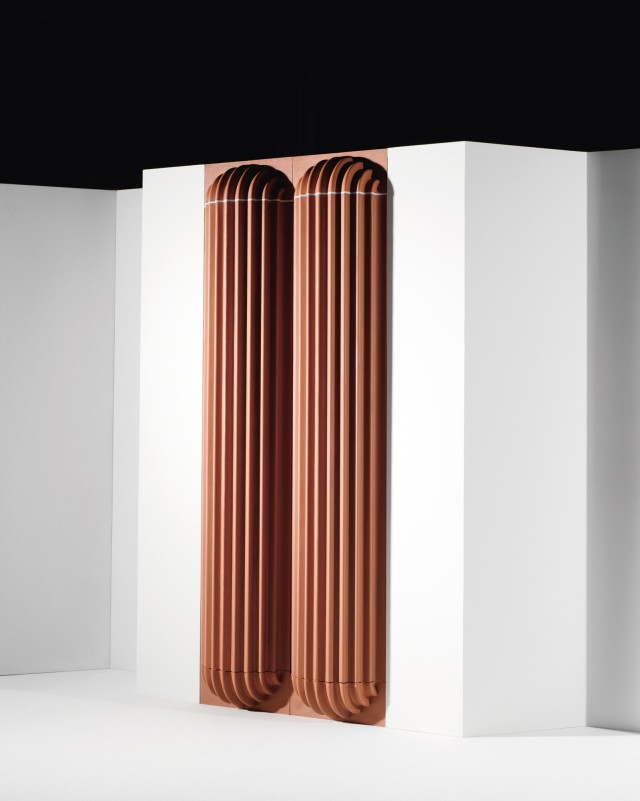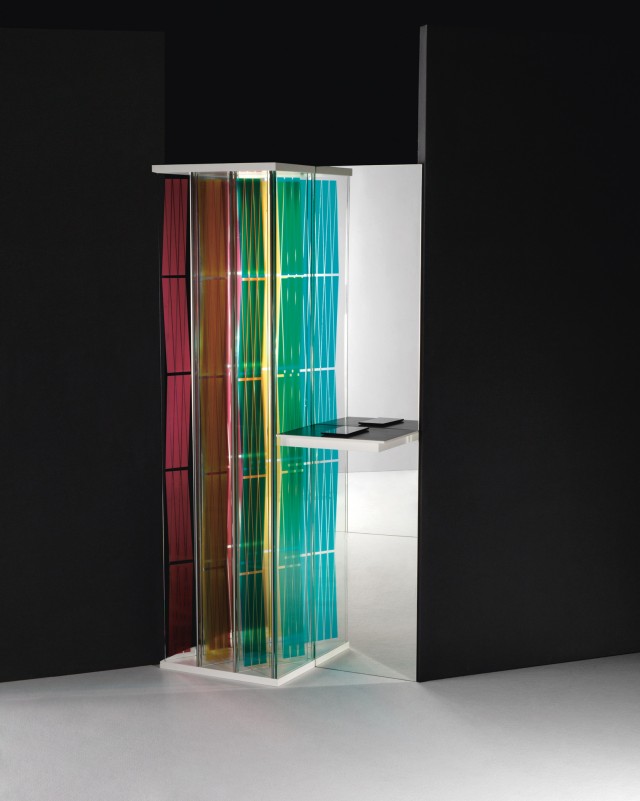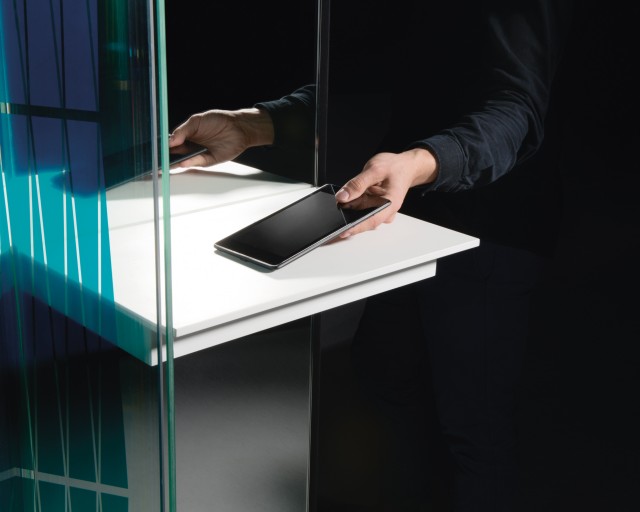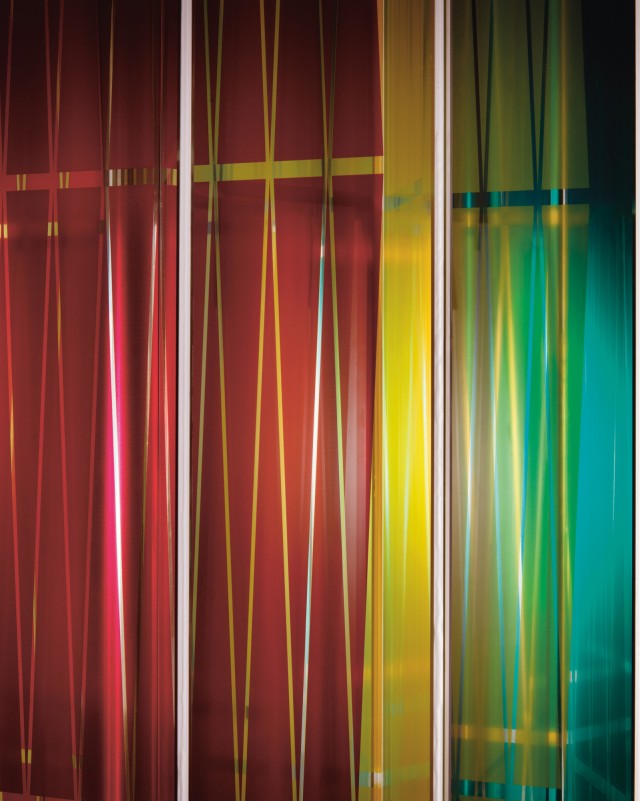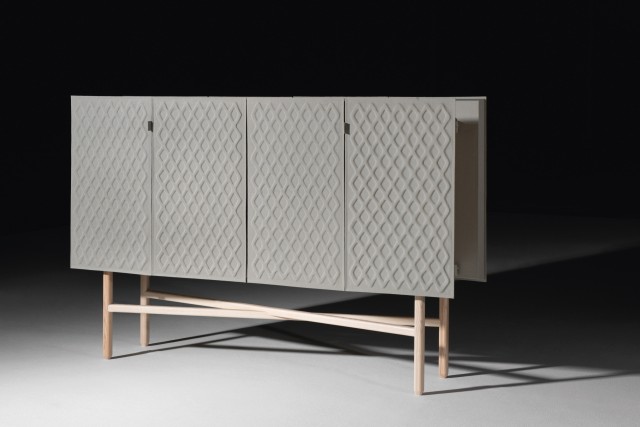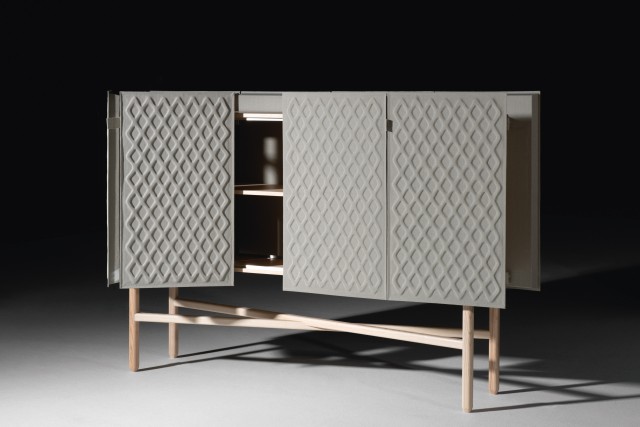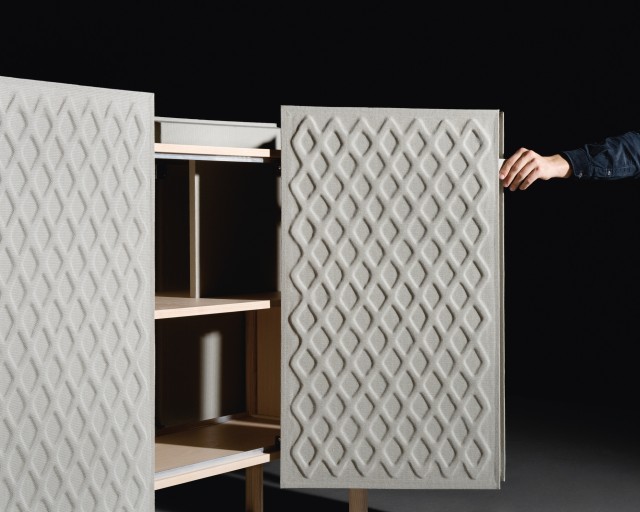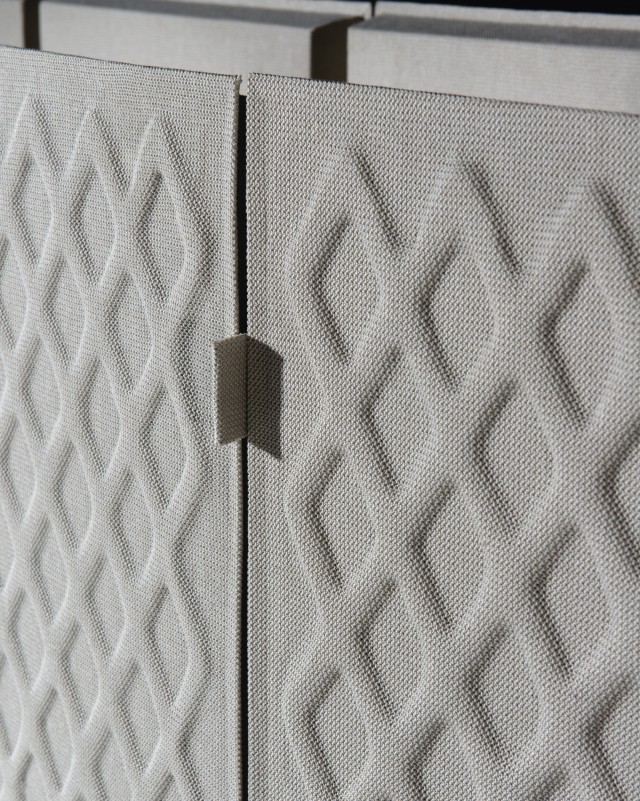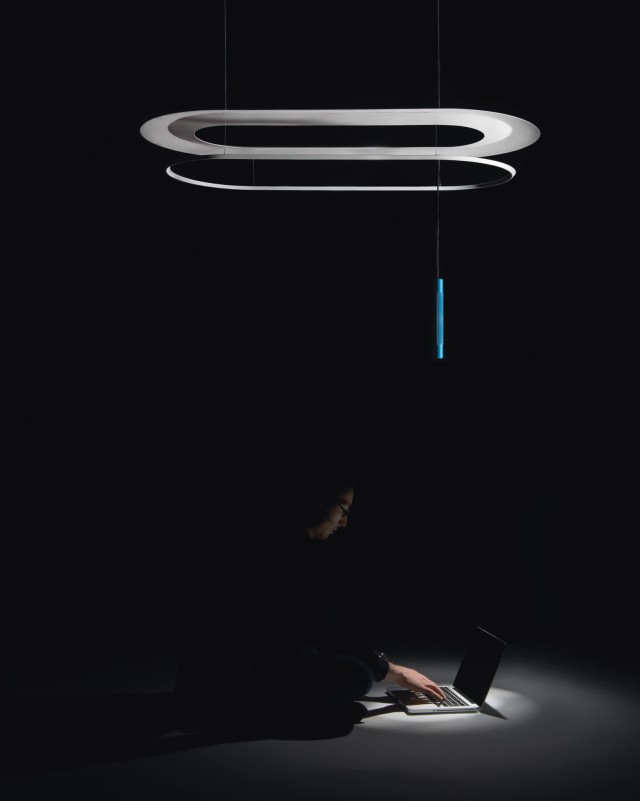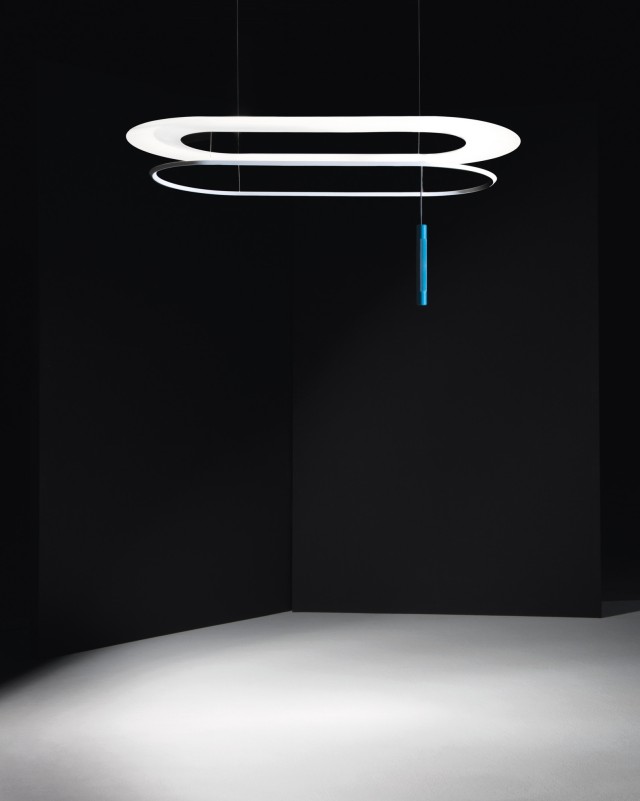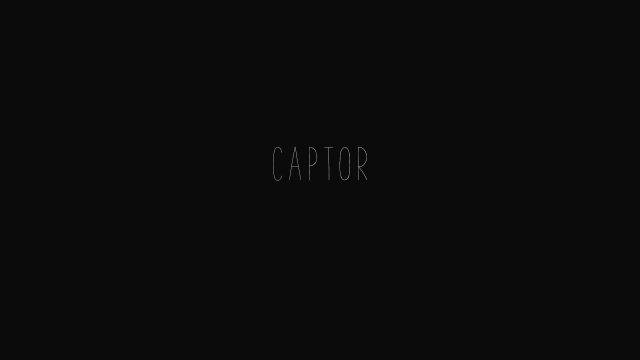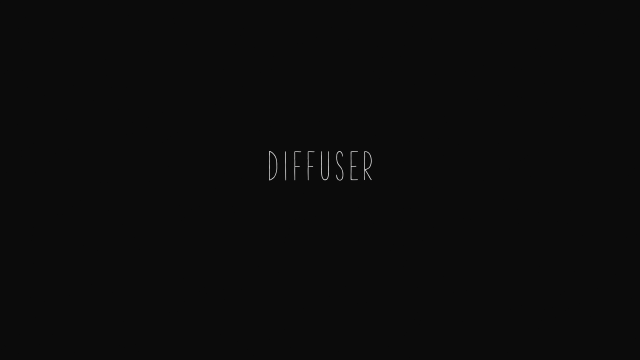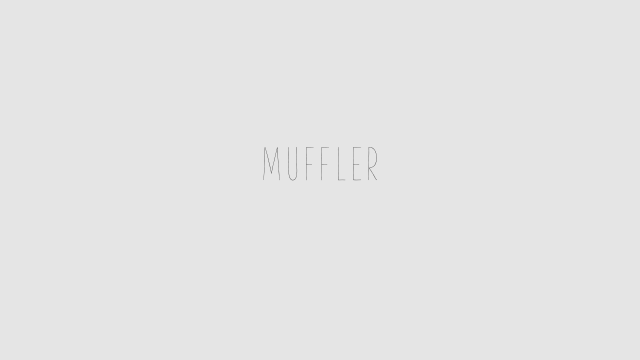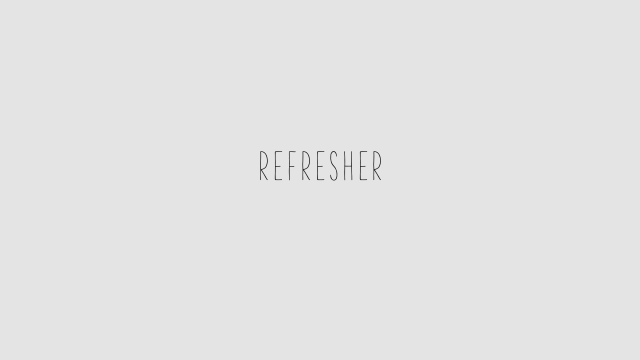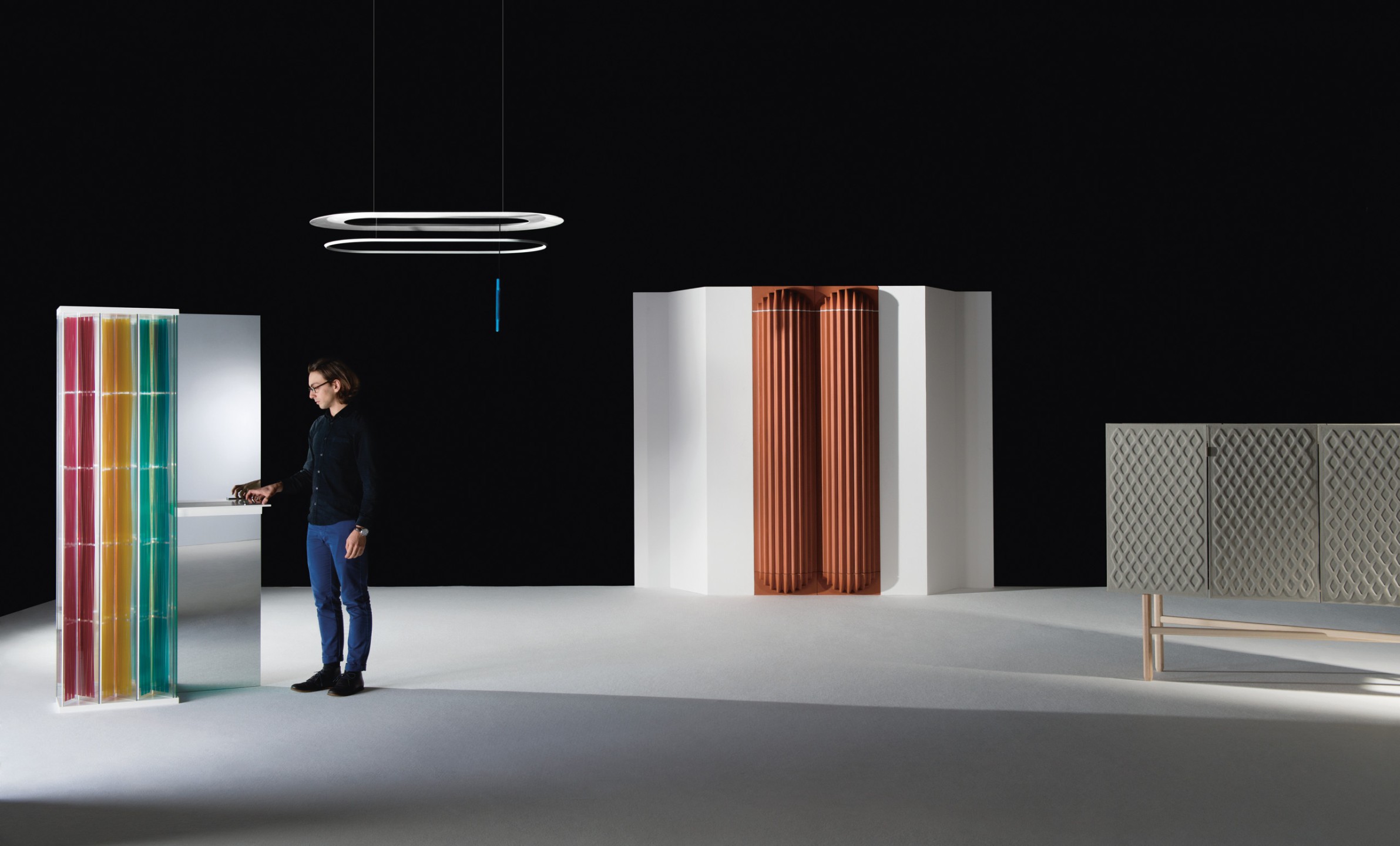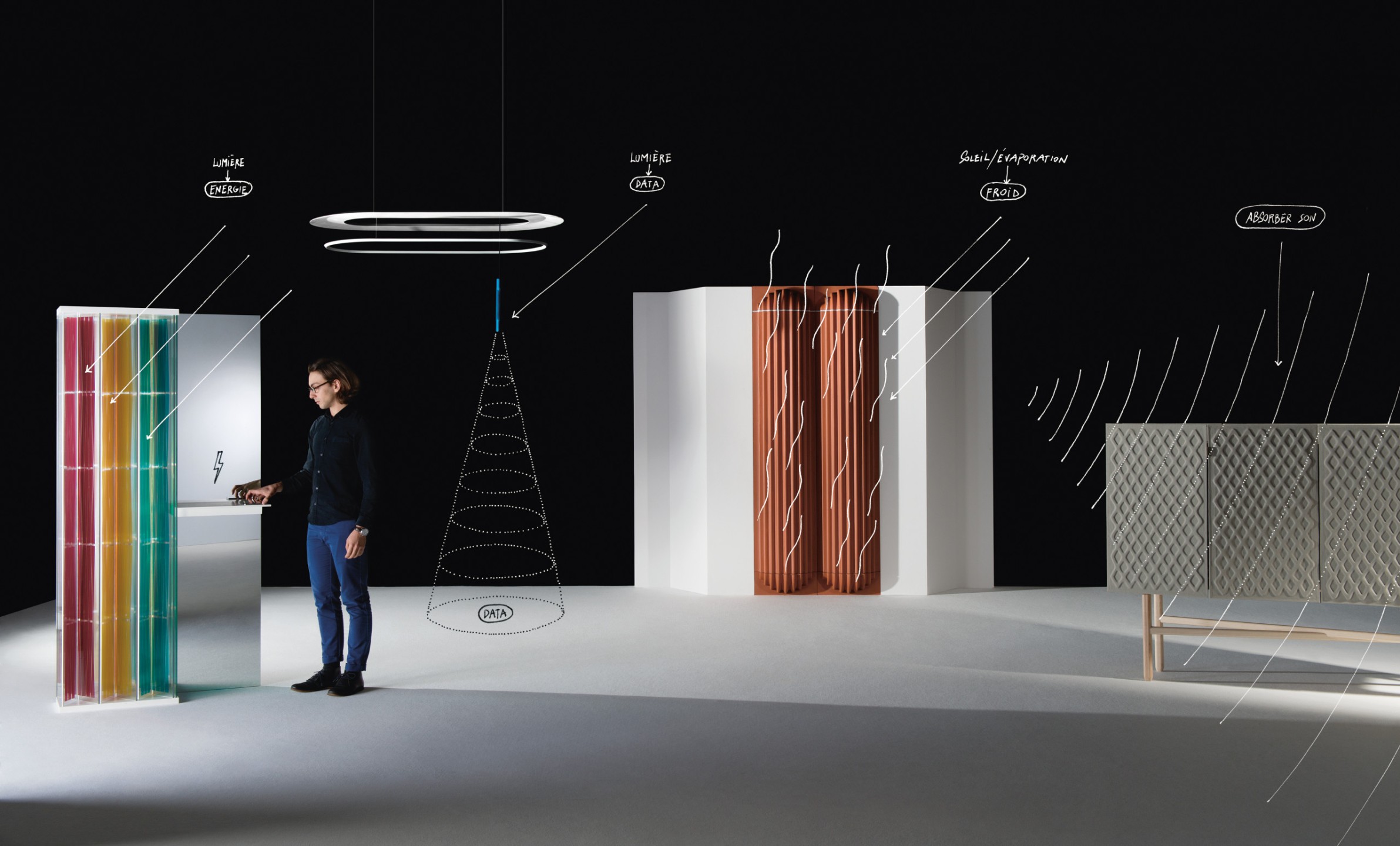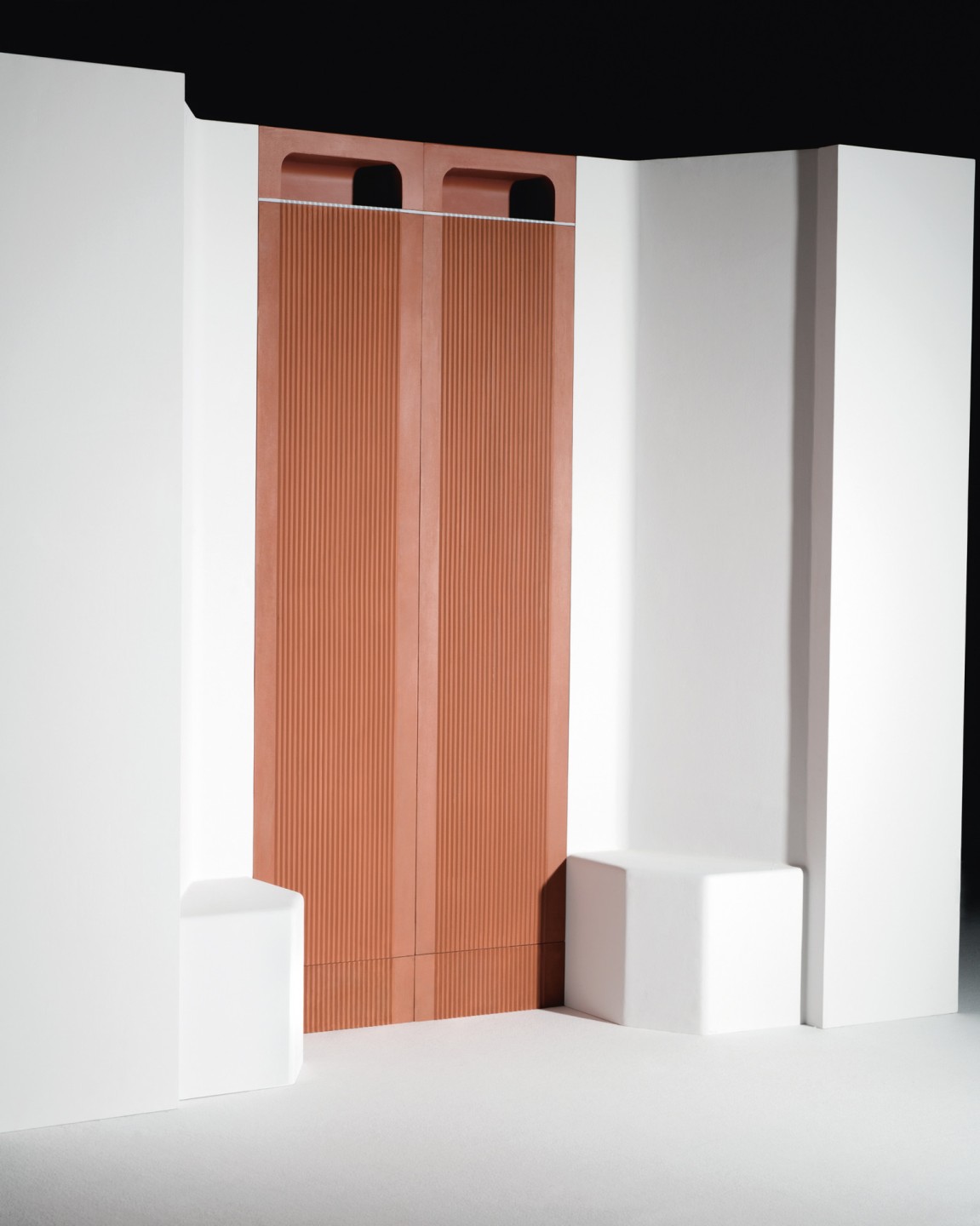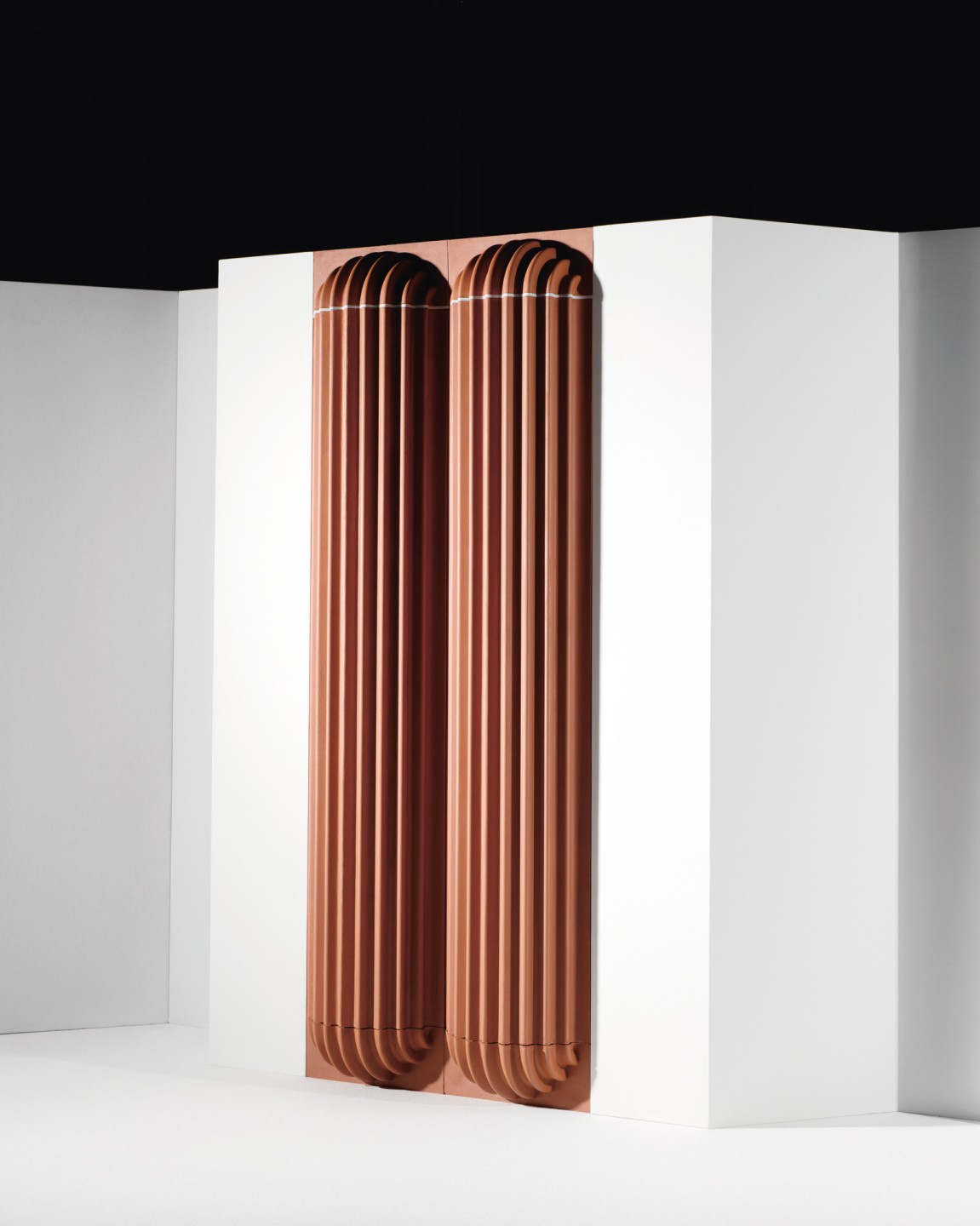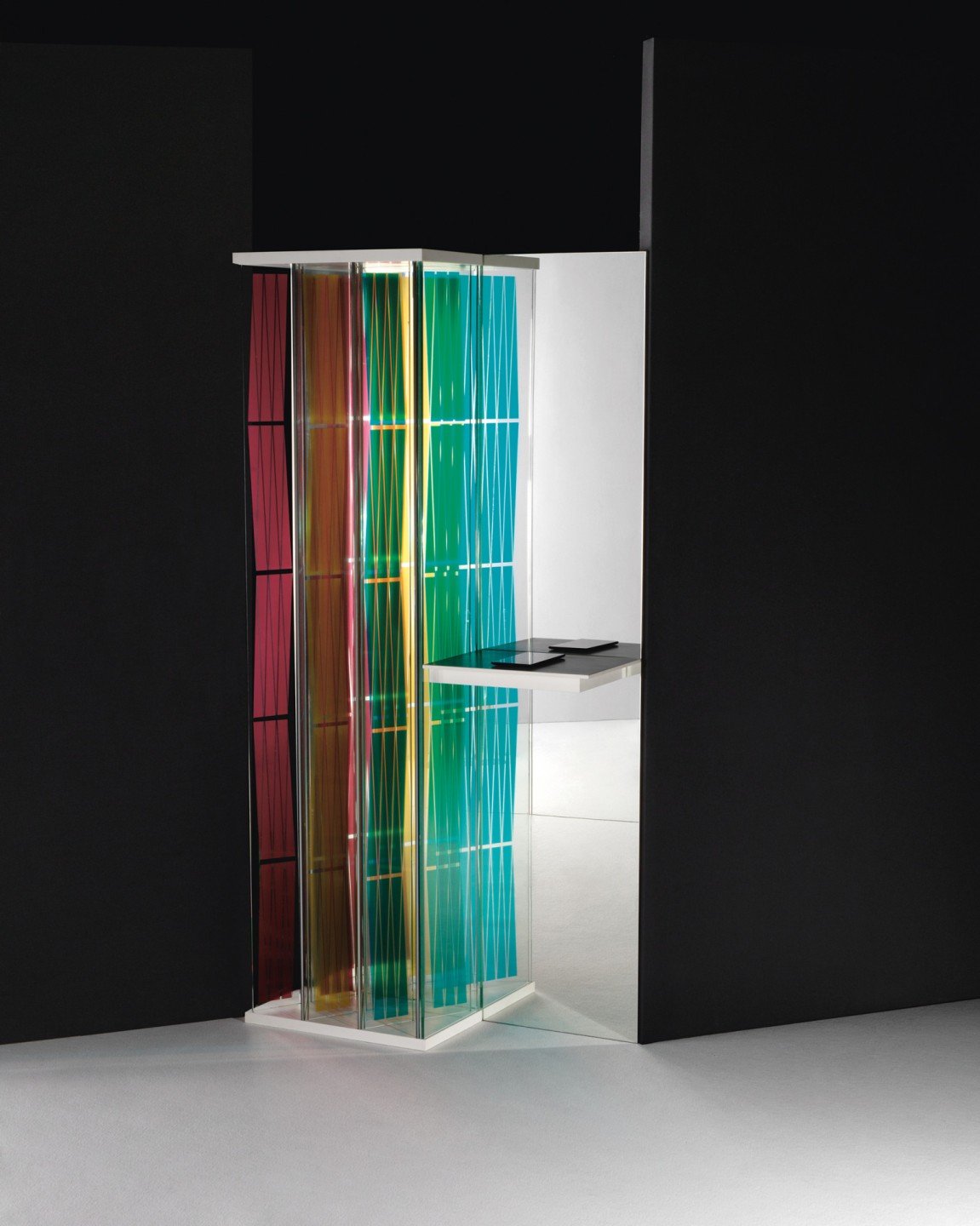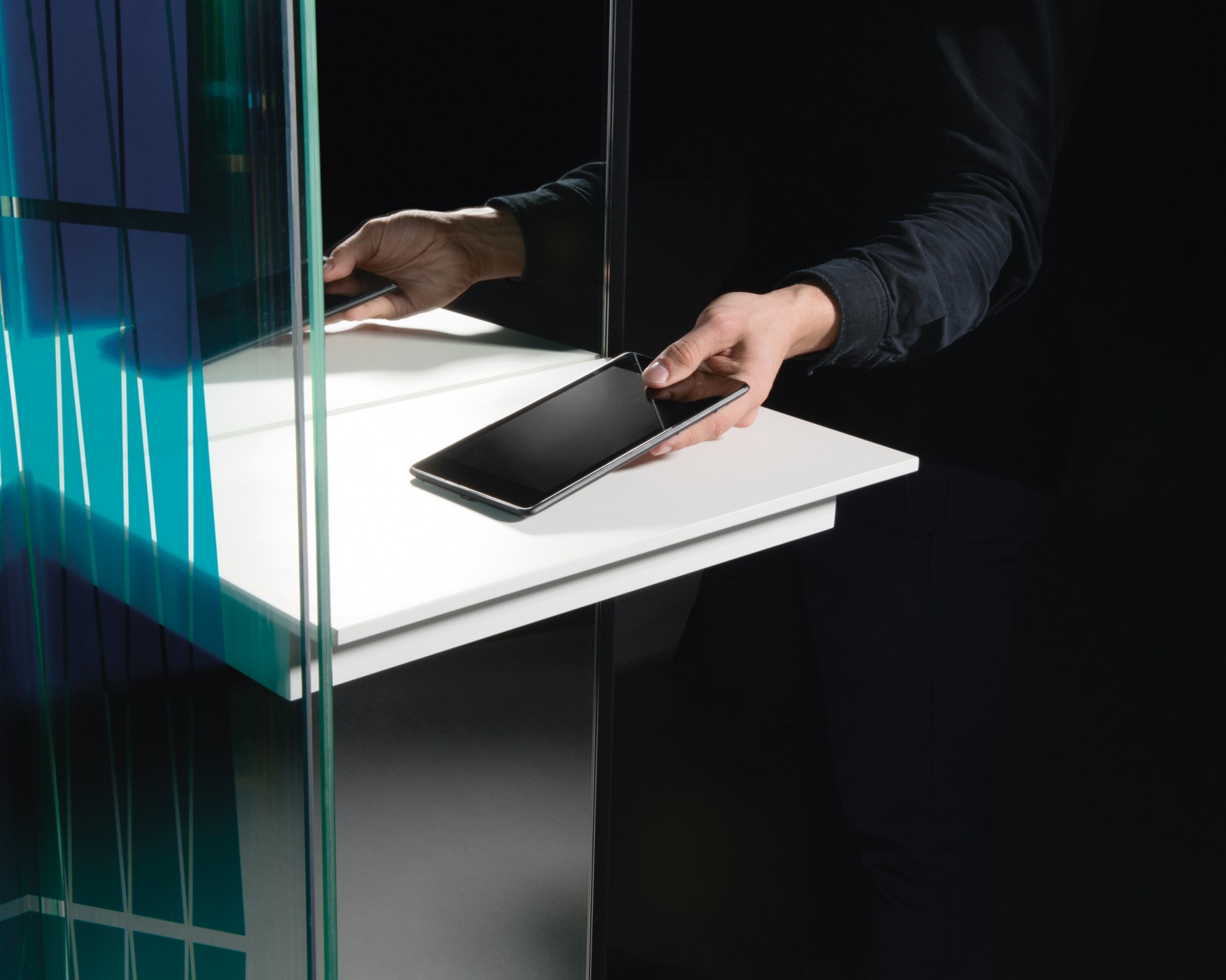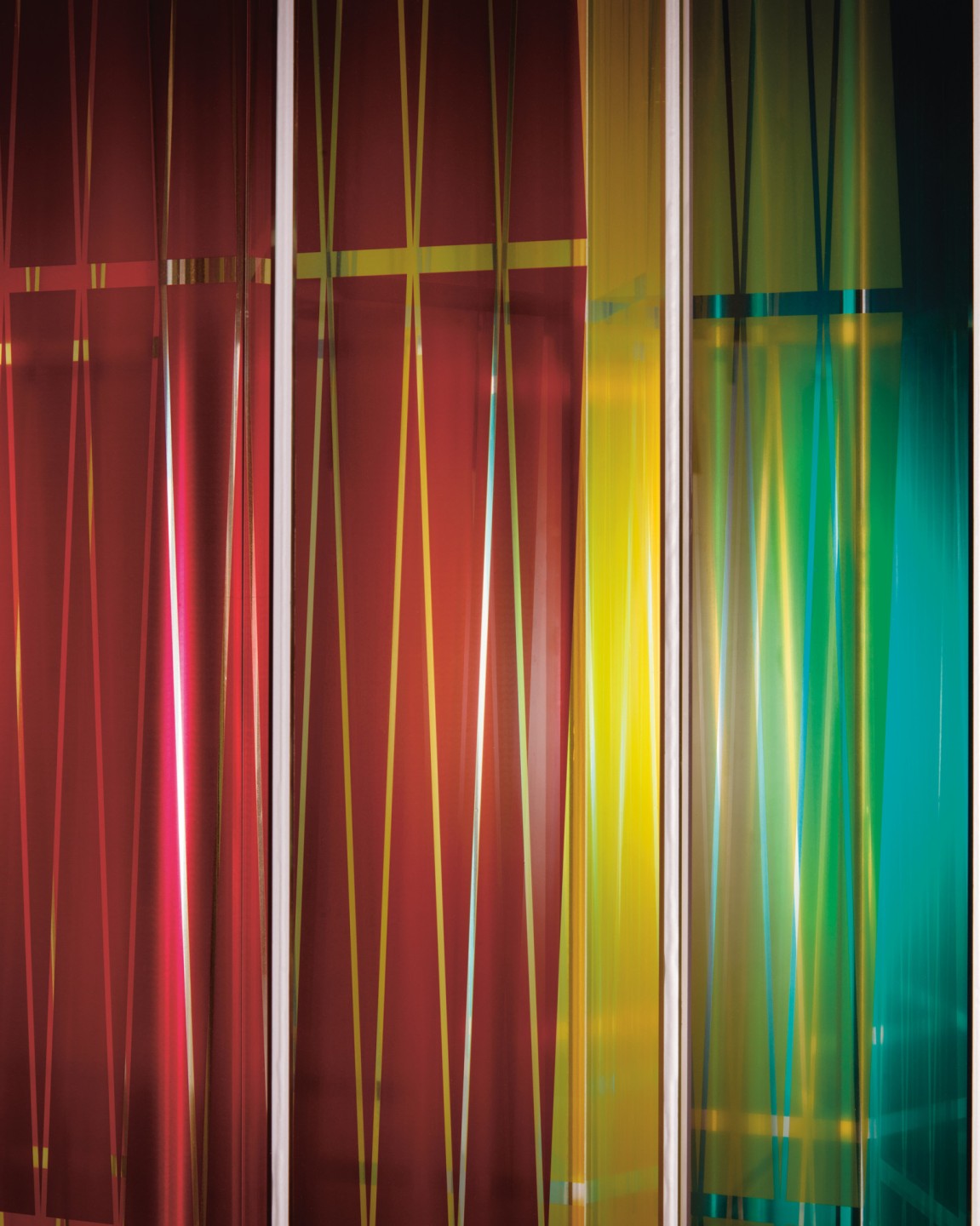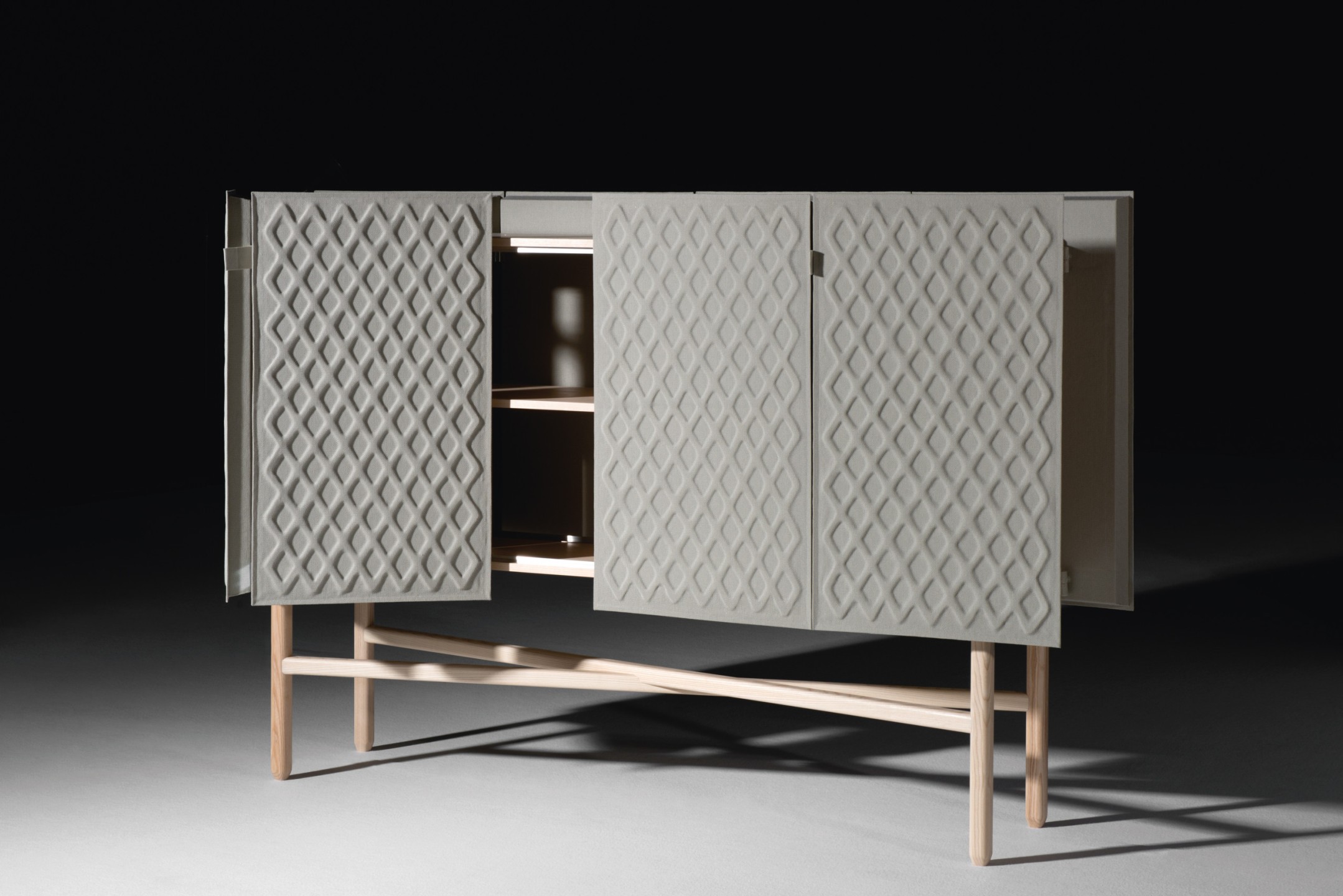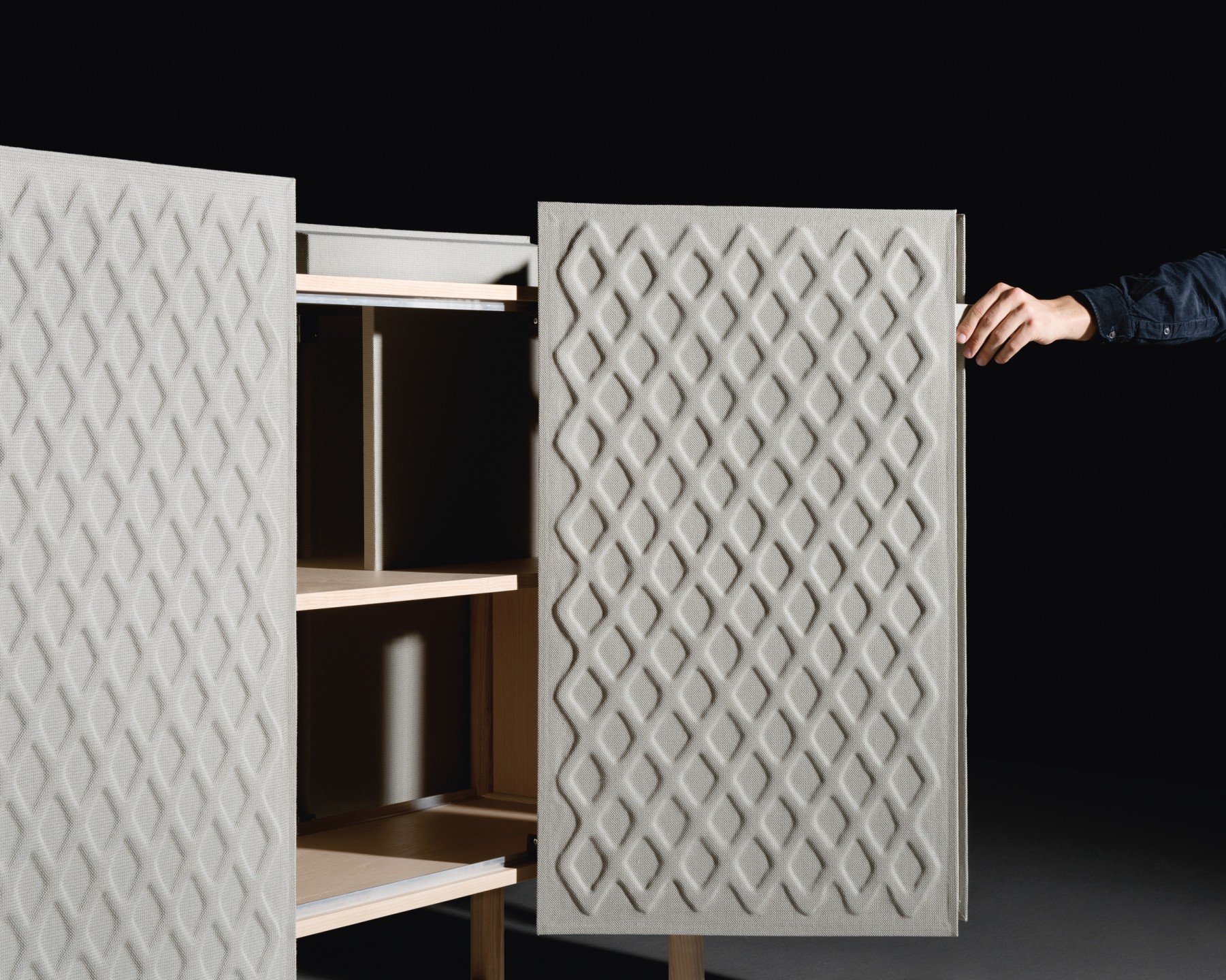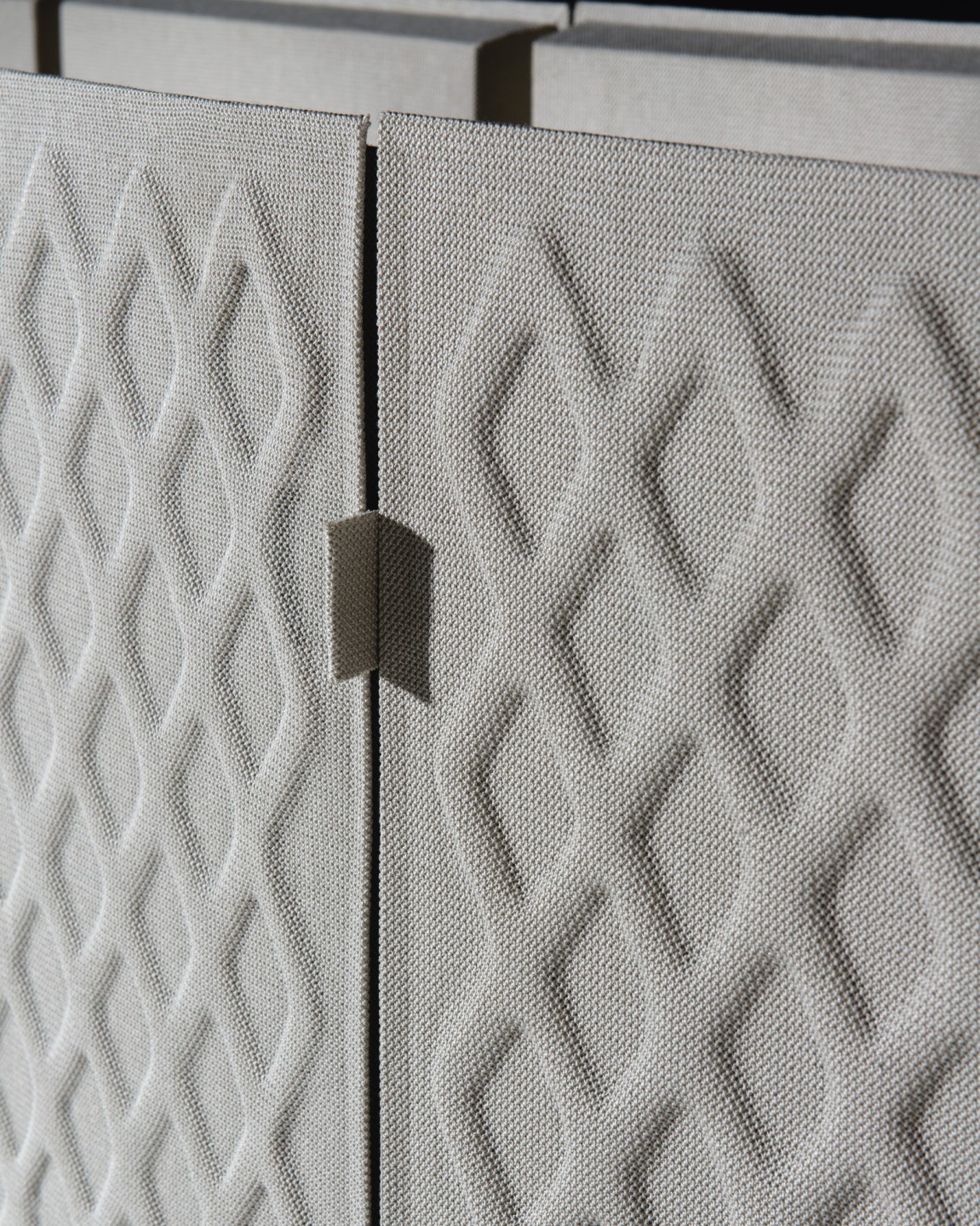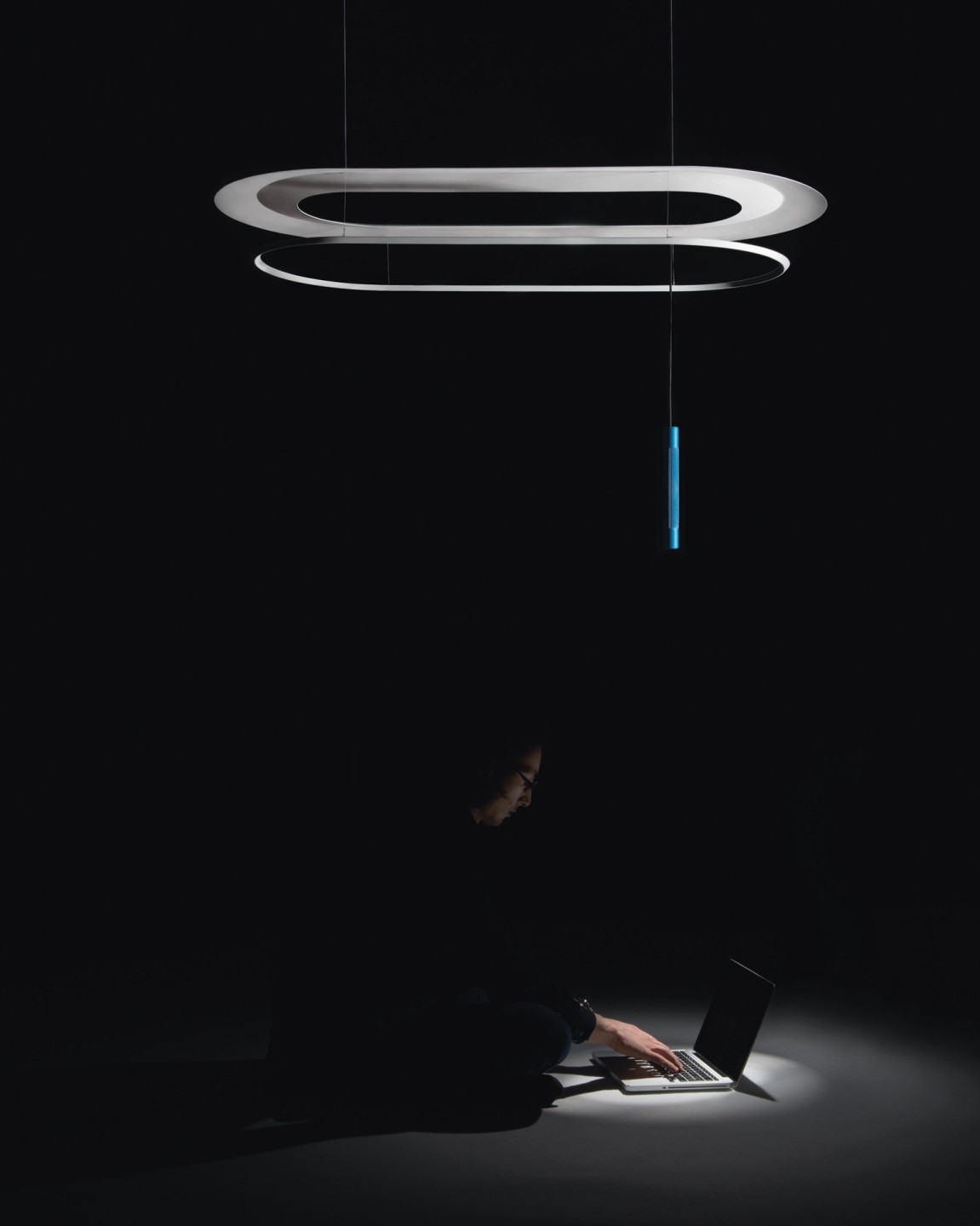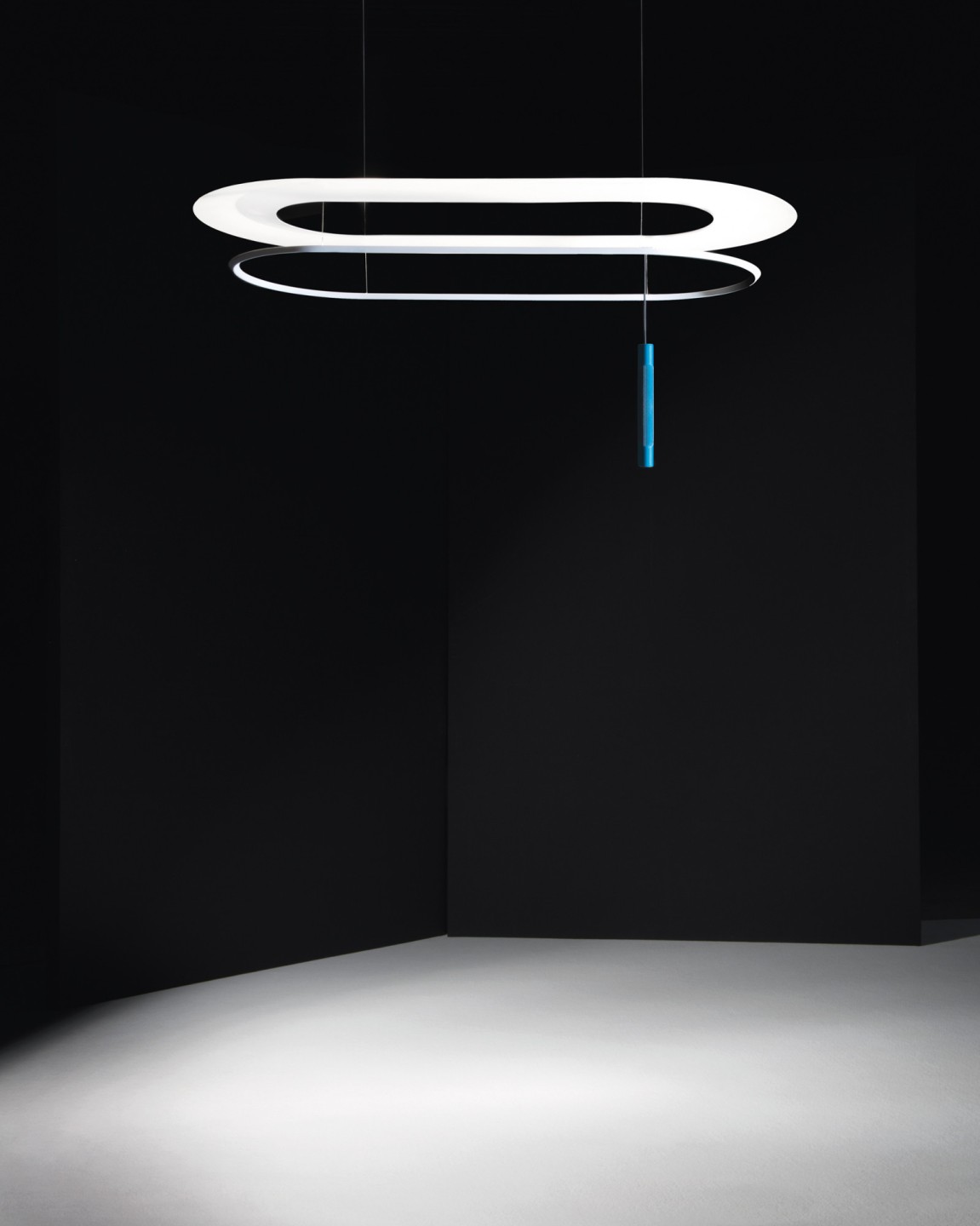An unconventional approach to comfort. We started with the premise that concern for the environment and comfort can “become one”, as long as certain technologies are used intelligently. From there, we wanted to challenge norms and established behaviours by putting forward a new definition of comfort by means of an innovative, non-invasive and responsible approach. Just like a living organism which contrives to create good living conditions within its environment, we have designed a habitat that integrates or accommodates various systems. These systems can produce energy, modulate temperature, absorb noise pollution or set perimeters for access to digital data and online information, all in perfect symbiosis with their cultural, physical and climatic environments.
The cooler in extruded terracotta controls the climate in a given area using the ancestral principle of evaporation. Under the effects of wind and heat, the humidity within the interior cells of the brick evaporates through the porous wall, transferring calories. The cool air is then diffused by a small fan. The cooler is an in-room alternative to conventional electric air conditioners, which consume a lot of energy and have a high impact on the environment.
The Trapper: This storage unit also influences acoustics. These sound-trapping screens are covered with absorbent foam facades and a technical textile knit with a porous and undulating surface: two characteristics which prevent sound waves from reverberating. This sound absorber can be produced in different sizes depending on the space and specific needs.
The Sensor: Graetzel cells – an organic variant of photovoltaic cells – are printed on the glass plates. They capture all types of ambient light (natural or artificial, direct or indirect) and produce a current that is intense enough to power an induction tablet that recharges microsystems such as laptops, tablets or even small household appliances.
The Diffuser: The diffuser is a light fixture that transmits specific information and digital content to given points around the home. It is based on a new technology developed in France known as LiFi, which transmits data through light rather than through potentially harmful electromagnetic waves.
Photos : ©Colombe Clier - Videos : Matthieu Foulet
